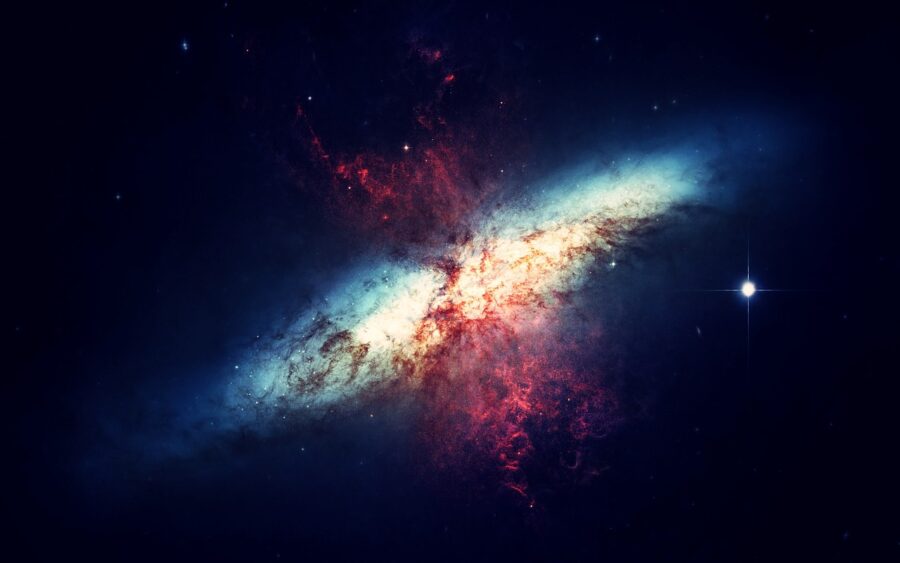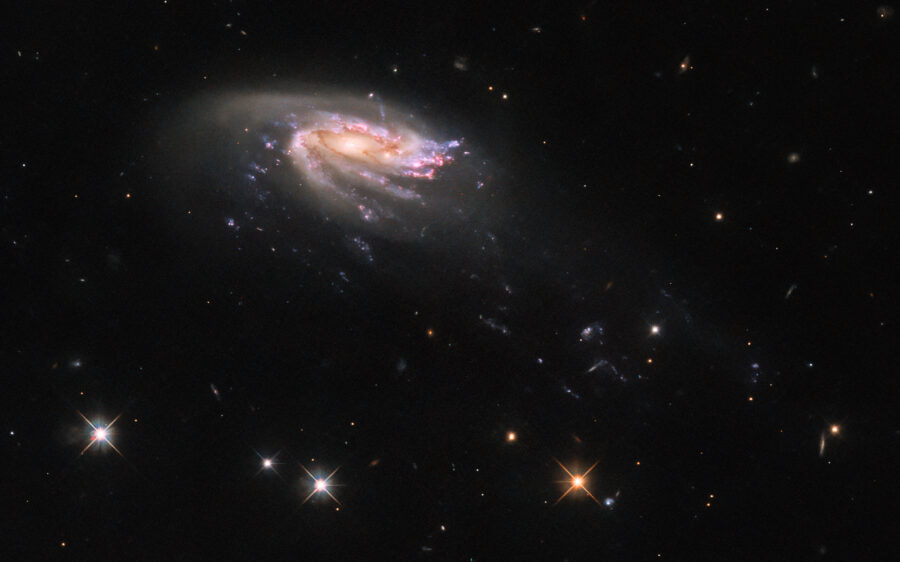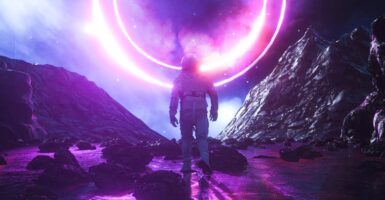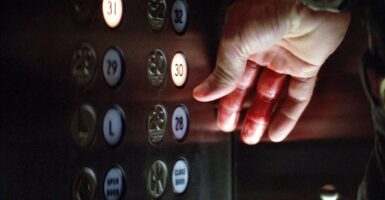NASA Observes Jellyfish Galaxy In Beautiful Hubble Photo
The Hubble Space Telescope captures the clearest photo yet of JO206, known aptly as the jellyfish galaxy.

The James Webb Space Telescope has been getting all the space-related headlines lately, with its tendency to rewrite everything we know about the universe’s history completely. However, the age-old Hubble Space Telescope is still orbiting above the Earth and taking photos of the vast, star-filled void that makes up the cosmos. Now, good old Hubble has proven it can still grab some headlines, with NASA announcing that the 33-year-old orbital mirror telescope has captured images of a so-called “jellyfish galaxy” located 700 million light-years (or 6.6 * 10^15 kilometers) away from Earth. You can see the image below.

The so-called “jellyfish galaxy,” which can be found within the constellation Aquarius, resembles a common spiral galaxy but has most of its arms pointed in one direction, in a manner resembling its namesake sea creature. The star-forming galaxy, known only as JO206, has a gas-filled tail that is 290,000 light-years long, which plays a large part in the galaxy’s star-forming process. It is unconfirmed whether it also uses its impossibly-long tentacles to kill and eat space fish and other cosmoaquatic wildlife.
According to NASA, the shape of the jellyfish galaxy is caused by the galaxy interacting with a field of superheated plasma called an “intracluster medium,” which is common in galaxy clusters. While scientists have observed the existence of multiple jellyfish galaxies, such as D100 and JO175, the formation of such galaxies is rare. Studying such galaxies has given crucial insights into the mechanics behind star formation.
While this is the clearest photo yet of JO206, it’s not the first time that images of this specific galaxy have been captured and studied. Studies about this specific jellyfish galaxy date back to at least 2019, producing articles that reference a much-blurrier photo of the distant celestial object. About two months ago, NASA released a different image of JO206, though it did not show as clear of a view of the galaxy’s tendrils as this most recent photo shows.
Launched into low earth orbit in 1990, the Hubble Space Telescope has proven to be a vital source of information for the Space Telescope Science Institute, a NASA-operated science center located at John Hopkins University in Baltimore, Maryland. They also operate the James Webb Space Telescope which was launched in December 2021 to a stable Lagrange Point located 1.5 million kilometers from Earth, away from the sun. The institute will also be in charge of running the Nancy Grace Roman Space Telescope, an infrared telescope that is scheduled to launch in May 2027.
The Hubble Space Telescope has been on a galaxy-photographing binge lately, with the latest image of the cosmic jellyfish being just one of 14 Hubble-captured images of galaxies NASA has released since the beginning of May. Another image, shared on May 12, shows a massive galaxy cluster, called eMACS J1823.1+7822, which is located almost nine billion light years away from Earth. NASA has also released information about the telescope’s involvement in finding a rare intermediate-sized black hole in the globular star cluster Messier 4.












